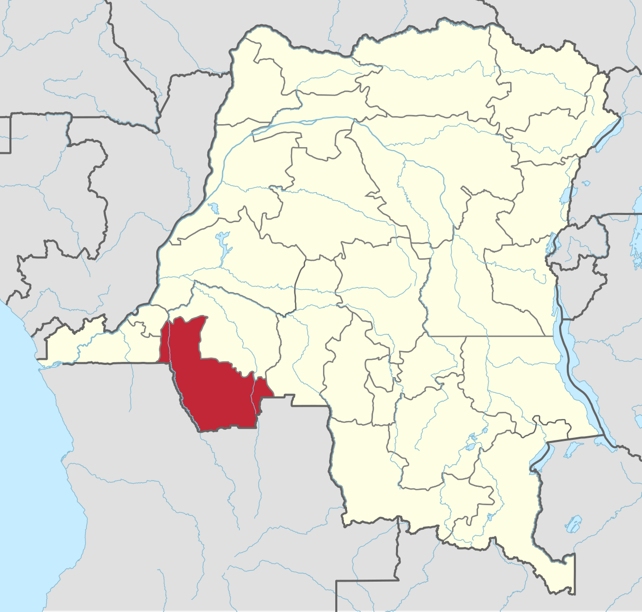Mysterious Fatal 'Disease X' Outbreak in Congo Still Can't Be Explained
A "mystery disease" recently struck the south-western corner of the Democratic Republic of Congo (DRC), killing between 67 and 143 people over two weeks. The disease was reported to cause flu-like symptoms of fever, headache, cough and anaemia.
An epidemiologist told Reuters that it was mainly women and children who were seriously affected by the disease. But little else is known about the disease so far.
Health officials in the DRC are urgently investigating this incident to identify the cause of this deadly outbreak. Initially, they would consider possible diseases known to be endemic to the region such as malaria, dengue or Chikungunya.
However, they are likely to face difficulties detecting the cause because of diagnostic testing infrastructure issues, as well as difficulties with sample collections, transport of those samples to laboratory and testing.

In low-income countries, such as the DRC, many clinical laboratories can only test for common pathogens. Limitations in the quality and performance of some of their clinical laboratories are also a problem.
If it is not one of the usual suspects, the detection of rarer pathogens often requires samples to be sent to more specialist laboratories that can do specialised tests, such as gene sequencing.
This could mean that samples need to be sent to laboratories abroad. However, the international sharing of such biological samples is highly contentious over concerns that the benefits of doing so are often not fairly shared between countries.
Another priority for local health officials is to understand the extent and severity of the outbreak. The high mortality and number of cases of people affected are alarming. However, it is not easy to work out the true extent of such outbreaks, as not all infected patients will be detected.
Not all infected people seek care. Clinics may be few and far between, especially in remote areas, and are often understaffed. Indeed, the DRC has fewer than two doctors per 10,000 population (by comparison the UK which has more than 31 doctors per 10,000 population).
Even if patients did attend a hospital or clinic, not all infections would be diagnosed. Not all patients would be tested for infection, and not all detected infections are reported to the health authorities.
The lack of information about the cause, extent and number of infected people makes it hard to accurately assess the threat it poses. But this is not an isolated risk. Outbreaks of new infectious diseases have occurred regularly over the years.
This is partly driven by climate change, changing population demography, urbanisation and deforestation that enables the "spillover" of infections from animals to humans.
Unfortunately, our global infectious disease radar is broken. Disease surveillance is fragmented globally.
In poorer countries, there will be many areas where diseases are not detected or are detected late. Surveillance services are often poorly resourced and understaffed, staff often lack training or supervision, and reporting may not be standardised.
There is also often a significant delay from the time a person gets infected, and is diagnosed with the disease, to the time it is reported to the public health authorities. This in turn delays disease control responses to outbreaks. These problems are worse in resource-poor settings, such as in sub-Saharan Africa.
What solutions are being tried?
One World Health Organization (WHO) initiative being trialled in several countries across Africa, South America and south Asia, is the 7-1-7 initiative.
This sets aspirational targets for outbreaks of infectious diseases to be detected within seven days, notified to public health authorities within a day, and seven days to complete an initial response. This is a laudable aim but it may still be too late for fast-moving outbreaks.
Another solution is to better integrate and better coordinate existing surveillance activities and systems. One such WHO initiative is Integrated Disease Surveillance and Response (IDSR), which has mainly been deployed in Africa over the past two decades.
IDSR has had mixed success so far. A recent review found information technology system issues, financial constraints and data-sharing problems, as well as workforce gaps.
Other global initiatives include the International Pathogen Surveillance Network brought together by the WHO Hub for Pandemic and Epidemic Intelligence, and recent efforts to promote collaborative surveillance across different agencies and sectors (from human health to animal health and the environment) to work together and share information as well as expertise.
The effectiveness of such initiatives remains to be seen, but they are a step in the right direction. Without better disease surveillance globally, we may not detect the next pandemic until it is too late.
Andrew Lee, Professor of Public Health, University of Sheffield
This article is republished from The Conversation under a Creative Commons license. Read the original article.



